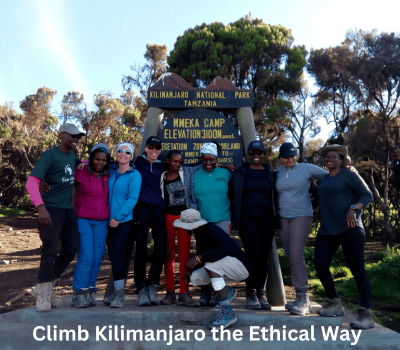How Can I Ensure I Hire a Licensed and Reputable Guide for Climbing Kilimanjaro?
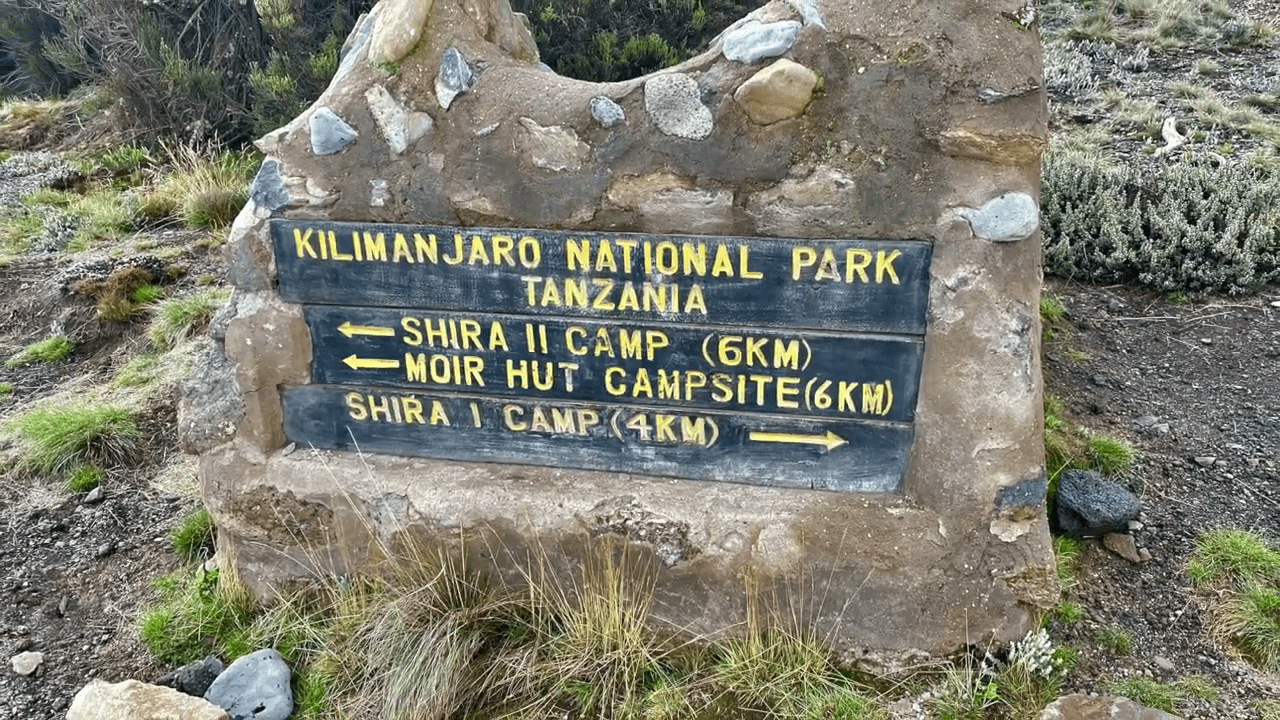
Introduction: Why Hiring the Right Guide Matters
Climbing Mount Kilimanjaro is a significant undertaking that requires careful planning and the support of a skilled guide. A reputable guide not only ensures your safety but also enhances your experience by sharing local knowledge and providing essential support throughout the journey. Selecting a licensed and experienced guide is crucial for a successful and memorable climb.
Understanding the Legal Requirements for Kilimanjaro Climbs
Tanzanian law mandates that all climbers of Mount Kilimanjaro must be accompanied by a licensed guide. This regulation is enforced by the Kilimanjaro National Park Authority (KINAPA) to ensure the safety of climbers and the preservation of the mountain’s environment. Climbing without a certified guide is illegal and can result in penalties or denial of access to the park.
What Makes a Guide “Licensed” on Kilimanjaro?
A licensed Kilimanjaro guide is one who has been officially registered with KINAPA. To obtain this license, guides typically undergo extensive training and must have significant experience, often starting as porters or assistant guides. This process ensures that licensed guides possess the necessary skills and knowledge to lead climbers safely up the mountain.
Top Certifications and Affiliations to Look For
When selecting a guide, consider the following certifications and affiliations:
- Wilderness First Responder (WFR): Indicates training in emergency medical response, crucial for high-altitude trekking.
- High Altitude First Aid: Demonstrates the ability to manage altitude-related illnesses.
- Mountaineering Certifications: Such as those from Mweka College, showing proficiency in climbing skills and rescue techniques.
- Kilimanjaro Porters Assistance Project (KPAP): Affiliation with KPAP ensures ethical treatment of porters and adherence to fair labor practices.
These credentials reflect a guide’s commitment to safety, professionalism, and ethical standards.
How to Verify a Guide’s Legitimacy Before Booking
To ensure you’re hiring a legitimate guide:
- Request Documentation: Ask for copies of the guide’s license and certifications.
- Check KPAP Affiliation: Visit the KPAP website to confirm if the guide or their company is a registered partner.
- Read Reviews: Look for testimonials on reputable travel platforms to gauge past clients’ experiences.
- Direct Communication: Engage in conversations with the guide to assess their knowledge, experience, and professionalism.
Taking these steps will help you select a guide who is both qualified and trustworthy, setting the stage for a safe and enjoyable Kilimanjaro climb.
Platforms for Checking Reviews
Before committing to a guide or tour operator for your Kilimanjaro expedition, it’s essential to research their reputation. Several platforms provide valuable insights:
- TripAdvisor: Offers traveler reviews and ratings for various tour operators and guides.
- Google Reviews: Provides user-generated reviews and star ratings for businesses.
- KPAP Partner List: The Kilimanjaro Porters Assistance Project (KPAP) maintains a list of approved partner companies committed to ethical treatment of porters.
- Travel Forums: Websites like Lonely Planet’s Thorn Tree or Reddit’s r/Kilimanjaro offer firsthand accounts and recommendations.
By consulting these resources, you can gauge the reliability and professionalism of potential guides and operators.
Questions to Ask Potential Guides
Engaging directly with potential guides or operators can provide clarity and assurance. Consider asking:
- What certifications do you hold? Ensure they have necessary licenses and first aid training.
- Are you affiliated with KPAP? KPAP affiliation indicates commitment to fair porter treatment.
- How many successful summits have you led? Experience can be a good indicator of reliability.
- Can you provide references or testimonials? Past client feedback can offer valuable insights.
- What is included in the package? Clarify services like meals, equipment, and accommodations.
These questions can help you make an informed decision and ensure a safe and enjoyable climb.
Warning Signs of Unreliable Operators
Be cautious of operators who:
- Offer significantly lower prices: This may indicate compromised safety standards or unethical practices.
- Cannot provide proof of licenses or certifications: Legitimate guides should readily share their credentials.
- Have negative or no online reviews: Lack of positive feedback can be a red flag.
- Are not listed as KPAP partners: This may suggest non-compliance with ethical guidelines.
Avoiding such operators can help ensure your safety and the well-being of the support staff.
Importance of KPAP and WFR Certifications
Two critical certifications to look for are:
- Kilimanjaro Porters Assistance Project (KPAP): KPAP ensures fair treatment of porters, including proper wages, equipment, and working conditions.
- Wilderness First Responder (WFR): WFR certification indicates that a guide is trained to handle medical emergencies in remote settings.
Choosing guides with these certifications enhances safety and promotes ethical climbing practices.
Choosing Local Operators Like Eco-Africa Climbing
Opting for local operators such as Eco-Africa Climbing offers several benefits:
- Local Expertise: Deep knowledge of the mountain and surrounding areas.
- Community Support: Profits support the local economy and community development.
- Personalized Service: Smaller groups and tailored experiences.
- Ethical Practices: Commitment to fair treatment of staff and sustainable tourism.
Supporting local operators not only enriches your experience but also contributes positively to the local community.
The Role of KINAPA in Guide Licensing
The Kilimanjaro National Park Authority (KINAPA) is responsible for regulating climbing activities on Mount Kilimanjaro. Since 1991, Tanzanian law mandates that all climbers must be accompanied by a licensed guide from an approved operator. :contentReference[oaicite:9]{index=9} KINAPA ensures that guides meet specific standards, including proper training and adherence to safety protocols, to protect both climbers and the mountain’s environment. At park entry gates, rangers verify the credentials of guides and operators, denying access to those without proper authorization.
Importance of KPAP Affiliation
The Kilimanjaro Porters Assistance Project (KPAP) is a non-profit organization dedicated to improving the working conditions of porters on Mount Kilimanjaro. :contentReference[oaicite:16]{index=16} KPAP partners with tour operators who commit to fair treatment of their staff, including providing proper wages, meals, and equipment. Climbing with a KPAP-affiliated company ensures that your expedition supports ethical labor practices and contributes positively to the local community. You can verify a company’s affiliation by checking the list of approved partners on the KPAP website.
Wilderness First Responder (WFR) Certification
WFR certification is a critical qualification for guides leading high-altitude treks like Kilimanjaro. It equips them with the skills to handle medical emergencies in remote settings, including altitude sickness, injuries, and evacuation procedures. Ensuring your guide holds a valid WFR certification adds an extra layer of safety to your climb. Reputable operators, such as Eco-Africa Climbing, prioritize hiring WFR-certified guides to provide the highest level of care for their clients.
Benefits of Booking with Reputable Operators
Selecting a reputable tour operator for your Kilimanjaro climb offers numerous advantages:
- Safety: Experienced guides with proper certifications ensure your well-being throughout the trek.
- Ethical Practices: Affiliation with organizations like KPAP guarantees fair treatment of porters and staff.
- Quality Equipment: Trusted operators provide reliable gear, including tents, sleeping bags, and cooking supplies.
- Comprehensive Support: From pre-trip planning to on-mountain logistics, reputable companies offer thorough assistance.
- Positive Reviews: Established operators often have a track record of satisfied clients, reflected in online testimonials.
By choosing a well-regarded company, you enhance your chances of a successful and enjoyable Kilimanjaro experience.
Conclusion: Secure Your Kilimanjaro Adventure with Confidence
Embarking on a journey to the summit of Mount Kilimanjaro is a remarkable endeavor that demands careful planning and the support of a qualified guide. By ensuring your guide is licensed by the Kilimanjaro National Park Authority (KINAPA), affiliated with the Kilimanjaro Porters Assistance Project (KPAP), and holds a Wilderness First Responder (WFR) certification, you prioritize safety, ethical practices, and a richer trekking experience. Reputable operators like Eco-Africa Climbing exemplify these standards, offering professional services that respect both climbers and the local community. Remember, thorough research and advance booking are key steps in transforming your Kilimanjaro climb from a dream into a successful reality.
Frequently Asked Questions (FAQs)
Can I climb Kilimanjaro without a guide?
No. Tanzanian law requires all climbers to be accompanied by a licensed guide from an approved operator.
What certifications should I look for in a Kilimanjaro guide?
Ensure your guide is licensed by KINAPA, affiliated with KPAP, and holds a Wilderness First Responder (WFR) certification.
Why is KPAP affiliation important?
KPAP ensures ethical treatment of porters, including fair wages and proper working conditions, enhancing the overall integrity of your climb.
Is it better to book my climb in advance?
Yes. Booking in advance with a reputable operator guarantees availability, allows for thorough preparation, and ensures compliance with safety and ethical standards.
How can I verify a guide’s credentials?
Request copies of their licenses and certifications, check for KPAP affiliation, and read reviews on platforms like TripAdvisor and Google Reviews.
Ready to Embark on Your Kilimanjaro Journey?
Choosing the right guide is pivotal to a successful and enriching Kilimanjaro climb. Partnering with a reputable operator like Eco-Africa Climbing ensures adherence to safety protocols, ethical practices, and a memorable experience. Take the first step towards your adventure by exploring their services and booking your climb today.
Share:
Related Posts
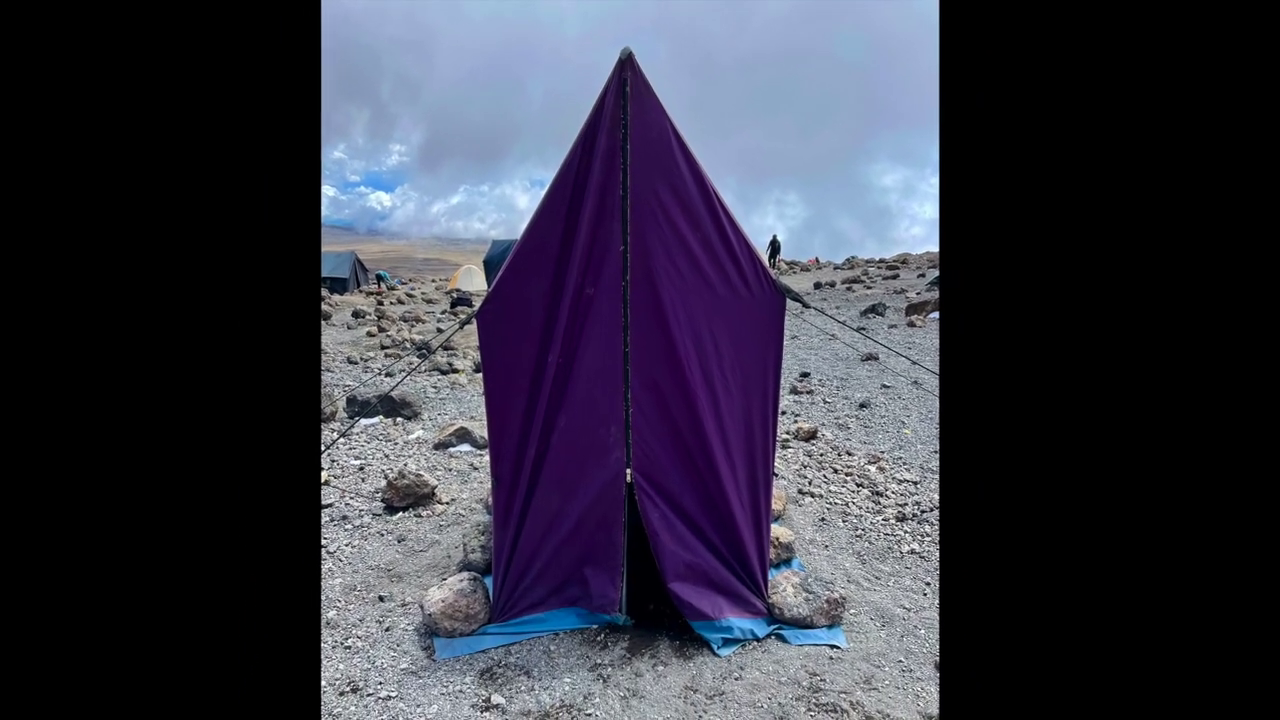
bathroom on mountain kilimanjaro
Bathroom on Mountain Kilimanjaro: What to Expect and How to Prepare Introduction One of the most common — and least discussed — questions from people

Are Guides Readily Available in Tanzania Without Prior Booking?
Are Guides Readily Available in Tanzania Without Prior Booking? Introduction: Should You Risk Climbing Without Pre-Booking? Climbing Mount Kilimanjaro is a dream for many adventurers.
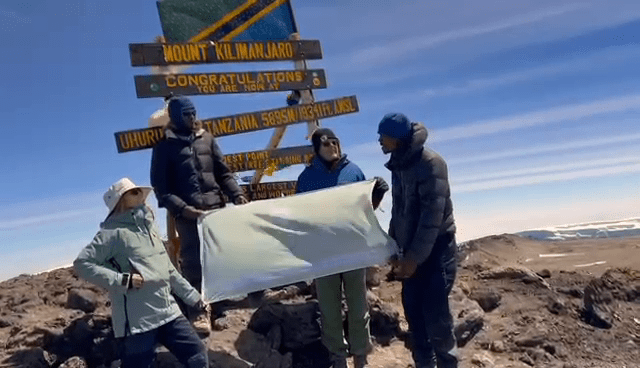
How Can I Find a Reliable Local Guide for My Kilimanjaro Expedition?
How Can I Find a Reliable Local Guide for My Kilimanjaro Expedition? Introduction: Why the Right Guide Is Key to Kilimanjaro Success Climbing Mount Kilimanjaro
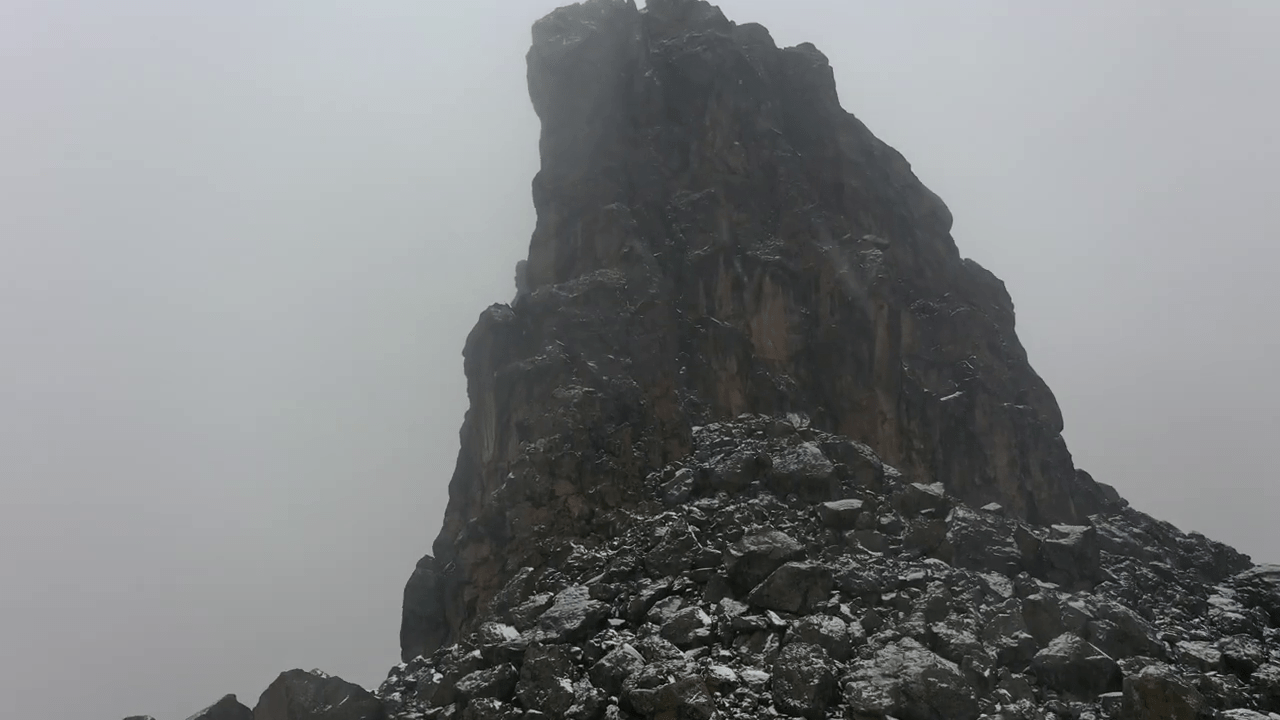
Is Climbing Kilimanjaro Dangerous for Individuals Without Mountaineering Experience?
Is Climbing Kilimanjaro Dangerous for Individuals Without Mountaineering Experience? Introduction: The Myth of Danger and Experience Many aspiring adventurers wonder if climbing Mount Kilimanjaro is
